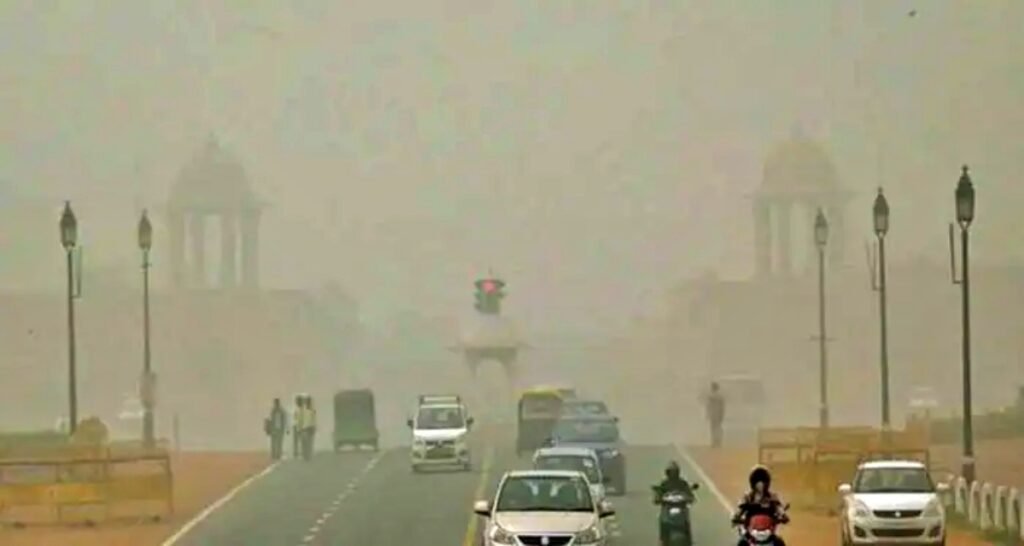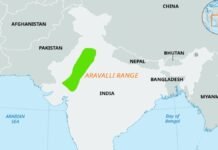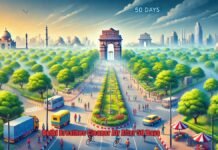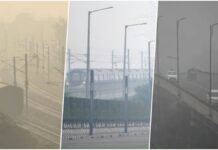
New Delhi: Although Delhi is very special for all of us Indians, many historical events have happened there, as well as there are many such places which make us Indians feel proud, but recent news about the capital of the country, Delhi. Yes, let us tell you that Delhi, the capital of India, was the most polluted capital of the world for the fourth consecutive year, and not only this, but 35 of the 50 most polluted cities in the world are Indian cities. Actually, this has been revealed in the latest report of IQAir. Let us know the important information related to this…
Delhi became the world’s most polluted capital for the fourth time
Let us tell you that New Delhi has been shown as the most polluted capital city (and fourth most polluted city) in the world for the fourth year in a row in the 2021 World Air Quality Report. After this, the rest of the polluted cities of the world have also been told. Let us tell you that Dhaka in Bangladesh, N’Djamena in Chad, Dushanbe in Tajikistan, and Muscat in Oman are located. New Delhi saw a 14.6% increase in PM2.5 in 2021 from 84 μg/m3 in 2020 to 96.4 μg/m3. Continuously increasing pollution in Delhi is becoming a cause of problems for the citizens there.
35 cities in India out of 50 most polluted cities
India is also prominently included in the most polluted cities except the country’s capital Delhi. 35 of the top 50 most polluted cities are in India, while India’s annual average PM2.5 level reached 58.1 μg/m3 in 2021, thwarting three-year efforts to improve air quality. India’s annual PM2.5 average is now back to the previous level measured in 2019. Now, this has become a matter of problem for all of us Indians, now we should think that how we will be able to come out of it.

Deteriorating air quality
Pollution is a matter of great concern for all of us. Worryingly, none of India’s cities met the World Health Organization’s (WHO) standards of 5 µg/m3 in 2021. 48% of India’s cities have more than 50 μg/m3 or more than 10 times the WHO guidelines, commenting on the latest IQAIR figures, Greenpeace India campaign manager Avinash Chanchal said the report is a wake-up call for governments and corporations. It is exposing once again that people are breathing dangerously polluted air. Vehicular pollution is a major contributor to urban PM2.5 levels. With the annual sales of vehicles expected to increase in India, it is definitely going to affect the air quality if corrective measures are not taken in time.
Bad effect on human health
Chanchal further said that air pollution has a serious impact on human health and is a leading indicator of rapidly increasing climate change. The good news is that we don’t have to invest in science to find a solution to the air pollution crisis. We know the solution, and it’s easily accessible. PM air pollution resulting from the burning of fuels is a major contributor to the climate crisis. The time has come for governments to promote renewable energy for transportation and build infrastructure that encourages cycling, public transport, and pedestrians. In this way, we can reduce air pollution.


















































